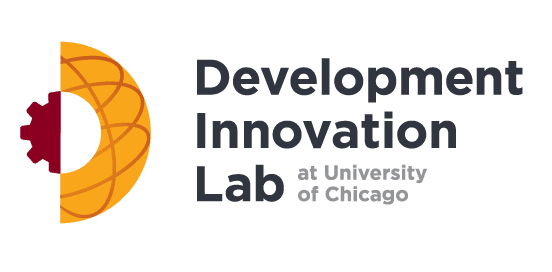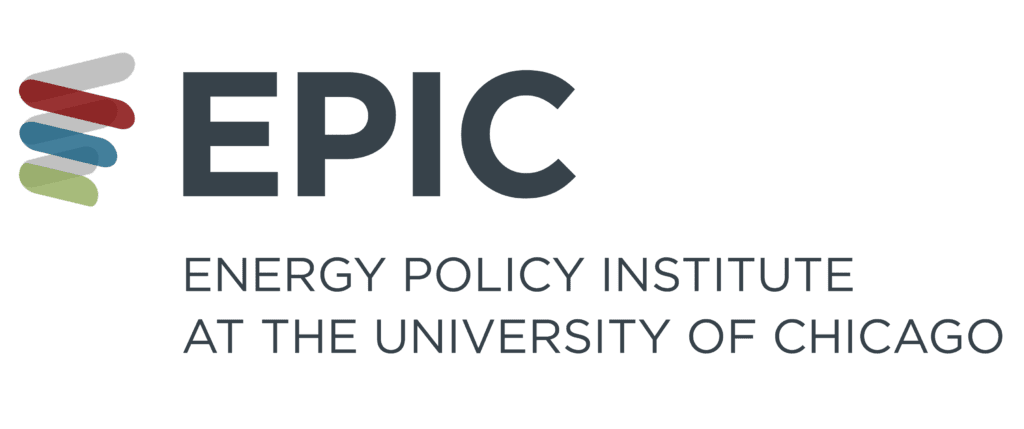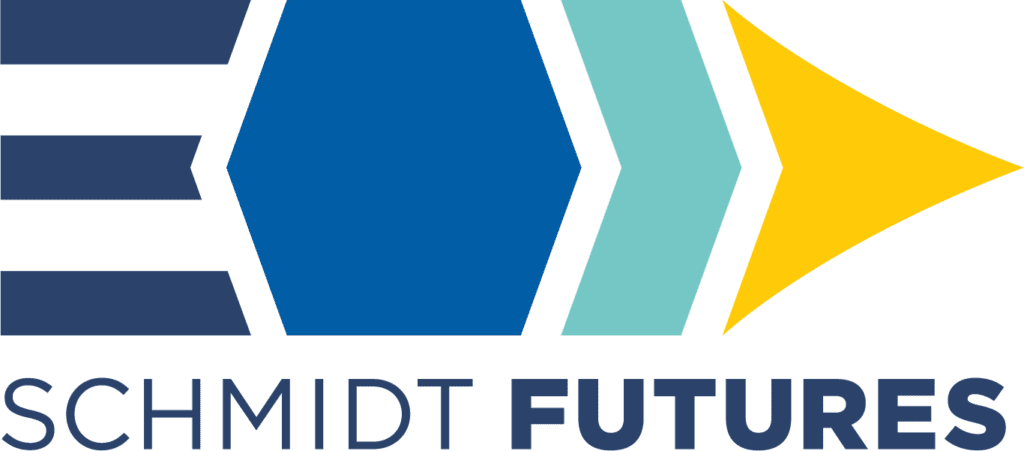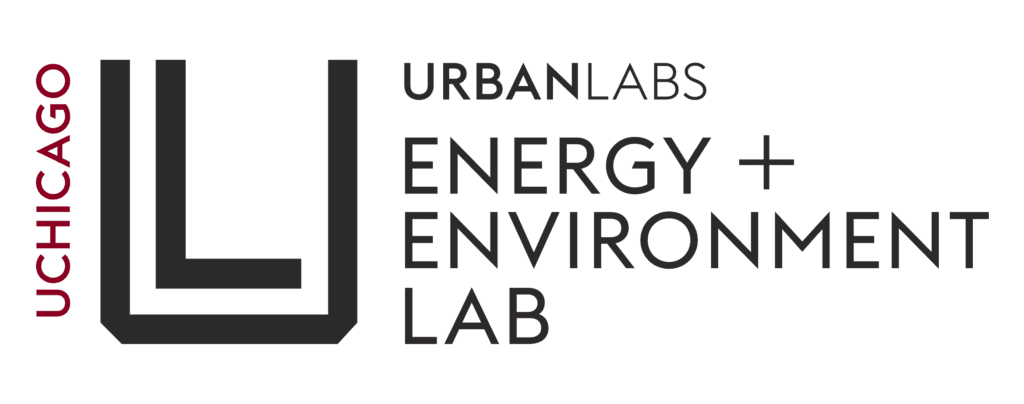MSA Innovation Challenge 2023
The inaugural Innovation Challenge concluded on September 9, 2024. Read about the winners!
MSA’s inaugural Innovation Challenge 2023 will award up to $2,000,000 in total prizes for ideas that identify areas where a pull mechanism would help spur innovation in biosecurity, pandemic preparedness, and climate change, and for teams to design that incentive mechanism from ideation to contract signing.
Accelerator Challenge
Accelerator Challenge
About the Challenge
Innovation is not only an important driver of economic growth but can also save lives and the planet! Yet important innovations, particularly in areas of global public goods, are often under-incentivized.
Our mission at the Market Shaping Accelerator (MSA) is to spur innovation to tackle the biggest global challenges of our time. How do we plan to do that? By identifying market failures where the commercial incentives trail behind the social value – think vaccines for future pandemics, neglected diseases, green cement, sustainable aviation fuel, etc. We can target these problems and increase the private sector’s incentives to innovate by using “pull” mechanisms that create demand for these innovations (which may not even yet exist!).
Our inaugural MSA Innovation Challenge 2023 will award up to $2,000,000 in total prizes for ideas that identify areas where a pull mechanism would help spur innovation in biosecurity, pandemic preparedness, and climate change, and for teams to design that incentive mechanism from ideation to contract signing.
Participating teams will have access to the world’s leading experts in market shaping and technical support from domain specialists to compete for their part of up to $2 million prize during multiple phases. Top ideas will also gain the MSA’s support in fundraising for the multi-millions or billions of dollars needed to back their pull mechanism.
What are “pull” mechanisms?
Pull mechanisms are policy tools that create incentives for private sector entities to invest in research and development (R&D) and bring solutions to market. Whereas “push” funding pays for inputs (e.g. research grants), “pull” funding pays for outputs and outcomes (i.e. prizes and milestone contracts). These mechanisms “pull” innovation by creating a demand for a specific product or service, which drives private sector investment and efforts towards developing and delivering that product or technological solution.
One example of a pull mechanism is an Advance Market Commitment (AMC), which is a type of contract where a buyer, such as a government or philanthropic organization, commits to purchasing (or subsidizing) a product or service at a certain price and quantity once it becomes available. This commitment creates a market for the product or service, providing a financial incentive for innovators to invest in R&D and develop solutions to meet that demand.
An AMC was used in the early 2000s in the case of developing a pneumococcal vaccine for the strain of the virus affecting children in low and middle income countries. Another current example is Frontier, led by Stripe, which is an AMC to accelerate carbon removal.
In general, pull mechanisms are useful when we know we need an innovation, but we don’t know who is best placed to develop it or how. Learn more about market shaping terms with the MSA Glossary
Challenge Details
In its inaugural Innovation Challenge, the MSA will award up to $2,000,000 in prizes for ideas and developments of market shaping proposals. The aim of the challenge is to crowdsource ideas for market failures where innovation is under-incentivized in two domains: biosecurity with a focus on pandemic preparedness and climate change. The MSA Innovation Challenge 2023 is now in Phase II.
In Phase I of the challenge, we held an open call for ideas. The submission template asked applicants to identify a market failure where the social value exceeds private incentives and where we know the measurable outcome we want to encourage (e.g. the development of a vaccine, capturing carbon out of the air, etc.).
The Market Shaping Accelerator was thrilled to receive 186 applications to our open call for ideas from around the world. In the end, MSA identified 39 winning teams from 16 different countries that each received a prize for their top quality submission.
Ideas were wide-ranging – from decarbonizing hard-to-abate sectors like aluminum and concrete to creative ideas about building a modern pandemic surveillance system. The Phase I awards went to 22 different pandemic prevention ideas and 17 different climate ideas.
Several ideas from the first phase were selected for advancement to Phase II, where they were placed into the Accelerator to work on designing the pull mechanism and contract. Teams in Phase II receive financial support, technical advice from domain specialists, and expertise from the world’s leading market shaping scholars to help fine tune the idea. Over several months, teams will produce more detailed pull mechanism designs. By the end of the Accelerator period, up to $1.5 million in aggregate prizes will be awarded.
Challenge Structure
The MSA Innovation Challenge 2023 has two phases.
Phase I: Open call for ideas [Completed]
- Applicants submitted entries that identified an existing market failure (related to biosecurity, pandemics or climate change) where the potential social value of creating a market greatly outweighs the private returns.
- Submissions were reviewed and scored by internal and external referees. Submissions that met a minimum criteria received $4,000. Up to $500,000 in prizes will be awarded in Phase I.
- Seven ideas from Phase I were advanced to Phase II, where teams will receive additional support from the Market Shaping Accelerator to develop detailed proposals.
Phase II: Accelerating pull designs [Completed]
- Ideas selected for entry into Phase II benefit from support and guidance of the MSA team as well as domain specialists to help turn their ideas into fully worked up contracts.
- By the end of Phase II, up to $1.5 million in aggregate prizes will be awarded.
- The competition is not necessarily designed to winnow the field to a single winner. If several projects emerge with tremendous promise, each may obtain a share of the final prize as well as support from the MSA to identify donors and raise the multi-millions or billions of dollars needed to make their pull mechanism a reality.
Timeline
May 22, 2023, 9:00am CT
Submission details, requirements, and template published on MSA Innovation Challenge webpage
July 21, 2023, 12:00pm CT
Phase I open call for ideas submissions due
August 25, 2023, 5:00pm CT
Entries that were awarded prizes are announced and published on the MSA website
October 15, 2023, 12:00pm CT
Ideas in the accelerator published on the MSA website
September 9, 2024, 5:00pm CT
Prize Purses
The $2,000,000 in prizes will be awarded in the following manner:
- In Phase I, up to $500,000 will be awarded to high quality entries ($4,000 per submission) based on the score they received from referees.
- In Phase II, up to $400,000 will be distributed to teams at the initiation of Phase II to defray startup costs.
- Up to $1,100,000 will be distributed to top ideas by the end of Phase II.
FAQs
-
What is market shaping?
Market shaping uses economic tools to solve market failures where commercial incentives for innovation trail behind societal needs. One example is advance market commitments (AMCs), which are “pull mechanisms” that tie payments to outputs. AMCs establish legally binding contracts to subsidize the purchase of a large quantity of a specific innovation if it is invented. Other examples include prizes, which are competitions that reward solutions for a specific problem, and milestone contracts, which are payments linked to achieving interim steps toward an innovation.
-
Why do we need market shaping?
Commercial incentives for innovations to tackle climate change and prepare for pandemics, under existing market institutions, fall far short of the social value of such innovations. There are several possible reasons for this.
Externalities. Externalities are spillover effects (e.g. pollution) that may not be reflected in market prices. In some cases, innovations create benefits not just or even not primarily for the buyer of the good. A good example of this would be innovations that reduce greenhouse gas emissions, for example in cement production. Existing incentives to invest in these technologies are inadequate because many consumers are unwilling to fully pay for carbon benefits.
Low barriers to entry. There are many cases in which innovations are not patentable, are not easy to protect with first-mover advantages and it is very easy for subsequent competitors to enter the business as well. This reduces commercial returns to develop such innovations.
Idea spillovers are a related idea. Firms may not invest in innovation if they can easily spread to rivals (rivals may be able to reverse-engineer a product). Developing an innovation first and demonstrating it is possible may be costly and firms may only capture a small share of the returns.
Constraints on pricing. Social and political limits on pricing in the midst of pandemics can hold the commercial value of innovations far below their social value. This is not to say such limits are not warranted, but they create a gap between social and commercial value.
Large buyers with bargaining power. In some markets there are only a few buyers, perhaps only the government. In these markets, buyers have a large amount of bargaining power. Once the innovation is developed, these buyers can hold down prices. Firms can anticipate this and therefore underinvest in innovation to begin with.
Firms with (monopoly) pricing power. Some markets are not competitive – there may only be a small number of firms. Patents also provide innovators with temporary monopolies. As a result, these firms may be able to set higher prices. These high prices may exclude people who would benefit from the innovation and value it more than unit cost of production. From an economist’s perspective this involves static social inefficiency (“deadweight loss”).
Poor consumers in low and middle income countries may be unable to afford to pay the higher prices that would make investing in innovation attractive. This will result in underinvestment in innovations needed in those markets.
Behavioral biases. People may undervalue innovations that benefit them in the future or only benefit them with some probability. This may be the case with innovations to address future climate change or pandemic risks. Therefore there will be insufficient demand for them which will reduce the return to innovation.
High fixed costs. Some innovations may have high fixed costs (e.g., research and development, manufacturing capacity) which may deter firms from developing them. Firms may not be able to set prices that enable them to cover their fixed costs. In addition, higher prices may exclude users who value the innovation above the unit cost, which is inefficient (see above on higher prices).
-
What is a pull mechanism?
Pull mechanisms pay for outputs and outcomes. In contrast, “push” funding involves paying for inputs or reimbursing costs (e.g. research grants).
Pull mechanisms put the technological risk on the firms innovating – they are better informed about their probability of success. Pull mechanisms reduce the demand risk faced by firms.
-
What are the advantages of pull mechanisms?
- Pull mechanisms enable you to direct innovation investment at specific problems we need to solve.
- Pull mechanisms can reduce demand uncertainty. They can signal to firms there will be demand for socially useful innovations. This can correct for existing markets providing insufficient commercial incentives for socially useful innovation. They can leverage future demand to incentivize innovation now.
- Pull mechanisms place the technological risk on the innovating firms – they know more about their probability of success.
- Pull mechanisms can be firm-agnostic: you do not need to choose which firm to support in advance.
- Pull mechanisms can be solution-agnostic. You can link payment to results which means they can be open to different ways of solving the problem.
- Payment is linked to delivering outputs and outcomes. If targets are not achieved, the sponsor does not have to pay.
- They can incentivize innovations that appeal to users. A pull mechanism can be structured to provide a matching bonus co-payment when a customer makes a purchase. This incentivizes firms to develop products customers will actually buy, not just those that work in the lab.
- Pull mechanisms can be designed to incentivize scale. Payment can be linked to producing and selling at large scale.
-
What are some examples of pull mechanisms?
- Advance Market Commitments (AMCs) promise to purchase or subsidize the purchase of a large quantity of a new product if it is invented.
- Prizes provide a lump-sum reward for a solution to a particular problem.
- Milestone contracts or results-based financing provide payments linked to achieving specific milestones or results targets.
We are also interested in using procurement and standards to incentivize innovation. Other pull mechanisms include volume guarantees and offtake agreements which commit to purchasing from a specific firm.
You can think of patents as a type of pull mechanism that works well when the returns are mainly private.
The right pull mechanism will depend on the particular problem and market. We will be creative in helping develop the right pull mechanism for the challenges we work on.
-
What is an Advance Market Commitment (AMC)?
An Advance Market Commitment (AMC) is a type of pull mechanism. It involves making a binding promise, in advance, to purchase or subsidize the purchase of a new product if it is invented. It may involve the firm committing to price at close to unit cost in return for the sponsor (government or philanthropist) subsidizing a large quantity of purchases.
The $1.5 billion Advance Market Commitment for the Pneumococcal Vaccine was launched in 2009 and led to the three vaccines tackling strains of pneumococcus prevalent in low and middle income countries.
Since then three vaccines for the strains of pneumococcus common in low- and middle-income countries have been developed, hundreds of millions of doses delivered, and an estimated 700,000 lives saved. The rate of vaccine coverage for the pneumococcal vaccine in GAVI countries converged to the global rate five years faster than for the rotavirus vaccine which GAVI supported without an AMC.
-
How large should a demand-pull incentive be?
Think about the minimum incentive that might be required to incentivize a firm to invest in innovation in problems neglected by commercial investment.
The pull mechanism may need to cover the cost of research and development and production capacity.
It might be worth thinking about how this opportunity compares to other investment opportunities for firms in that sector.
For example, this report making the case for vaccine AMCs estimated “$3.1 billion is comparable to the value of lifetime sales of an average pharmaceutical product.” This helped inform estimates of how large a vaccine AMC should be.
It may also be worth thinking about the size of the relevant market. Large global commodity markets may need larger incentives to incentivize firms.
Then think about the value of the benefits of the innovation to society as a whole. That should provide a ceiling on how large a pull incentive should be.
-
Why is the challenge focused on biosecurity, pandemic preparedness and climate change?
Climate change and pandemics are two of the greatest challenges the world faces. Unfortunately, they are both cases where the innovations to help stop these threats benefit the world writ large far more than the product’s inventors and customers. Everyone benefits from someone else creating these technologies, even if few are willing to shoulder the cost of invention themselves. As a result, the private sector severely under-produces these necessary innovations relative to their social importance. Operation Warp Speed and the COVID-19 experience have shown how quickly the private sector can respond if the demand incentive to innovate is strong; carefully designed policies can recreate that incentive for companies to innovate before the next pandemic or climate disaster strikes.
-
Who can apply?
Submissions are accepted from individuals 18 years and older and organizations around the globe whose participation and receipt of funding will not violate applicable law. Our ability to get you the money may depend on factors outside of our control related to fiscal rules and regulations in your home country. Anyone receiving prize funding will be required to fill out a 1099 MISC tax form and enter into a grant agreement with the University of Chicago.
-
Can I submit more than one idea?
Yes. Multiple submissions are allowed as long as each submission is on a different problem. In other words, you cannot submit more than one proposal on the same topic (specific problem).
-
Who are you interested in hearing from?
We are interested in hearing from problem “spotters” and people with ideas (new ideas or further development of some of the ideas mentioned here). One goal of this competition is to uncover some of the most promising high-impact ideas out there that we have missed.
We are interested in hearing from organizations working in areas where market shaping ideas could be applied as well as funders who may be interested in funding market shaping applications. No problem if you’re an individual not associated with any particular organization, we also want to hear from you!
Eligible participants include individuals or groups. The individual submitter in the group (who will accept the prize money if awarded) must be 18 years or older. Participation and receipt of funding must not violate applicable law.
-
If I am submitting as a group, are there any restrictions?
A group can be individuals working together, or any type of organization including for-profit, non-profit, academic, or government institutions. The only restriction is that any group submitting an idea may be asked to designate a single entity to receive payment if the group wins any prizes in Phase I or Phase II.
-
What if I have confidential or proprietary information in my application?
In this call for proposals we are not interested in confidential or proprietary information. We are looking for ideas on market failures or problems that should be solved with economic mechanisms that create demand for potential solutions. If you are proposing potential solutions (specific technology) we encourage you to leave out this information from the proposal and draft your submission focusing on the higher level problem and discuss the range of potential technologies that could potentially solve the problem, without providing any confidential or proprietary information.
-
What does the submission template look like?
A PDF of the template is available here.
-
If I have a question that's not answered here, who should I contact?
Please reach out to [email protected].
Resources
Check out [this note] on different kinds of pull mechanisms.
Here are additional resources:
Partners

















